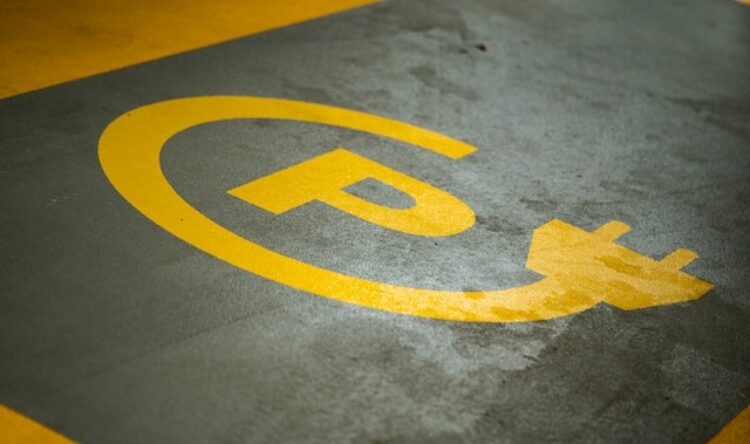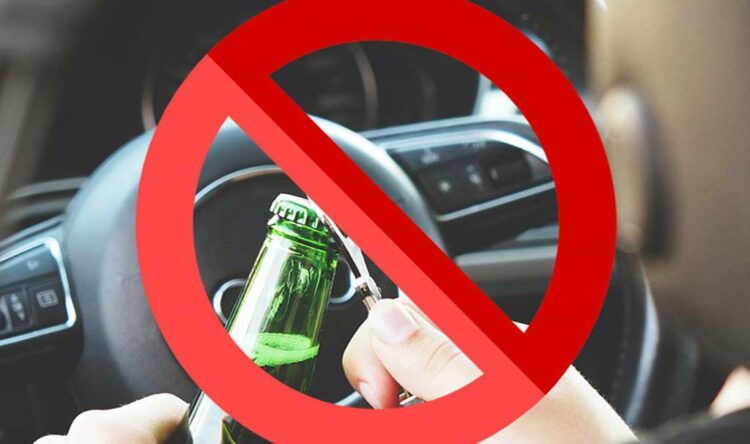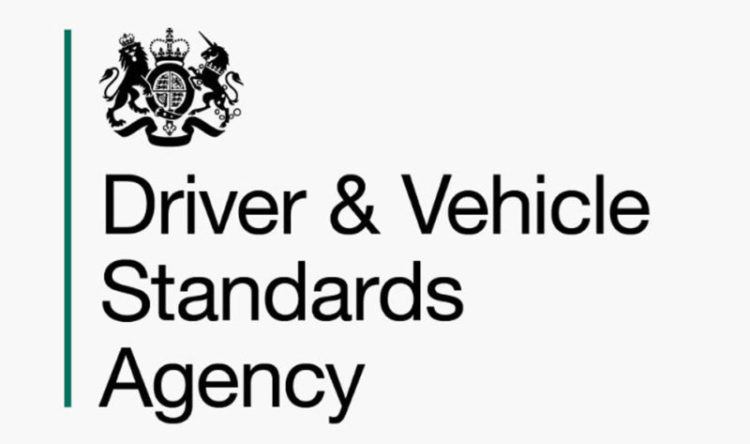Has COVID killed intensive driving courses?
Over 80% of FirstCar readers like intensive driving courses. But fewer than 5% would consider booking one until driving test waiting times return to normal.
Intensive driving courses have been around for a long time now and become popular with learners. In fact, over 80% of FirstCar readers felt that it was a good way to learn to drive. But whilst cramming the whole process of learning to drive into two weeks might have worked fine a couple of years ago, the backlog caused by COVID means that many people are waiting months for a test. So what’s the point of learning in two weeks, only to wait another two or three months for the test?
Well, that’s the question lots of learners are asking. 74% of FirstCar readers told us they would have considered intensive courses if it wasn’t for COVID.
Those who take an intensive driving course don’t necessarily spend fewer hours on the road with an instructor. They just cram their lessons into a much shorter period of time – typically a couple of weeks. Courses are often provided by companies who’ll book your test for you – some offer a pass guarantee or fixed fee.
Here are some of the pros and cons for learners of intensive driving courses:
Pros:
- Either a fixed fee or at least a better idea of how much it’ll cost to pass
- Some intensive driving course providers offer a pass guarantee (watch out for the small print!)
- If you need to pass quickly because of a new job or opportunity
- It can be more convenient to just allocate a couple of weeks to the process, rather than book lessons each week
Cons:
- If you don’t get along with your instructor, you’re stuck in a car with them all day for two weeks
- Intensive driving courses put a lot of pressure on the learner, and it doesn’t suit everyone’s style of learning
- You won’t have much time (or energy!) for additional practice between lessons with a parent, friend or relative – and it’s this extra time on the road that really helps cement what you’ve learnt in your lessons
- If you learn in the mid-summer, there’s a chance you might not have a single lesson in the dark, rain or other adverse weather conditions
We’re not sure if intensive driving courses will become popular again once the backlog clear. It largely depends on how long it lasts and whether the companies who offer them can afford to keep running in the meantime. Intensive courses rely on theory and driving test availability and we all share the same pool of test centres and driving examiners.
FirstCar’s view
Evidence shows that to be a safe driver, it’s best to get 100 hours* of on-road driving before you take your test, split between lessons and private practice – over the course of a year. Doing this means drivers have the best chance of staying safe and protecting their no claims bonus when they pass. Having said that, intensive driving courses might be a good option if a driver has had some driving experience before. As always, we recommend learners do their own research and talk it through with someone they trust before making a decision.
If your learners would like to find out more about intensive courses and see if they’re the right option, visit – www.firstcar.co.uk/learning/intensive-driving-course-right-option/.
*The 100 hours of on-road driving references the Kinnear & Senserrick (2017) RACF report, which can be found here – https://www.racfoundation.org/wp-content/uploads/2017/11/Addressing_Young_And_Novice_Driver_Safety_In_GB_Senserrick_And_Kinnear_November_2017.pdf







